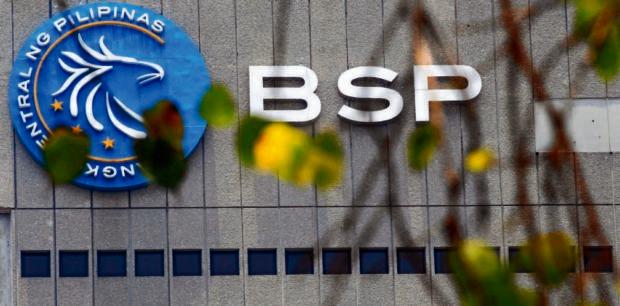MANILA, Philippines — Interest rates in the Philippines are expected to continue rising but at a slower pace, with the Bangko Sentral ng Pilipinas (BSP) seen most likely hiking its policy rate by 0.5 percentage point to 5.5 percent on Dec. 15.
ING Bank senior economist Nicholas Mapa said they expected the BSP to do so considering its “tenuous” external position.
Mapa noted that the central bank was now penciling in a current account deficit of $20.5 billion for 2022, wider than its previous forecast of $19.1 billion.
As of the end of September, the BSP recorded a deficit of $5.8 billion in the country’s transactions with the rest of the world.
Mapa said that despite a recent rally of the Philippine peso against the US dollar, the BSP would raise its policy rate by 0.5 ppt and also match any move the US Federal Reserve would make in 2023.
The local currency has gained almost 2 against the greenback since closing at 57.36:$1 on Nov. 17, the previous Monetary Board (MB) meeting, to 55:37:$1 on Dec. 9.
High inflation
The economic research team at Goldman Sachs agrees, noting that the Philippine economy remained strong and that inflation remained high.
“Growth momentum remains strong amid ongoing improvements in manufacturing and labor market conditions, and headline inflation continues to rise, touching a high of 8 percent year-on-year in November due to higher food prices and rising service costs,” the American banking giant said.
Still, Goldman Sachs said there was a risk that the actual BSP decision would turn out to be smaller at 0.25 ppt considering the recent easing in exchange market pressures and comments by BSP Governor Felipe Medalla that MB members might be split between a 0.25-ppt and 0.5-ppt increase in the next meeting.
Calibrated response
Robert Dan Roces, chief economist at Security Bank Corp., said the latest inflation data and the expected 0.5-ppt hike by the US Fed both point to the same move by the BSP.
Roces noted that core inflation—which excludes seasonal items like food and energy and which rose to 6.5 percent in November from 5.9 percent in October—implied that prices for goods and services are rising faster than expected.
“Both the BSP and the national government will need to keep a close eye on the trajectory of core inflation, which could bleed into the first half of 2023 and prove more difficult to tame if left unchecked,” he said.
“Should core inflation prove to be driven by more persistent forces, a calibrated monetary and fiscal response—including programming slower economic growth—will be necessary to bring inflation back in line with its target,” he added. INQ


